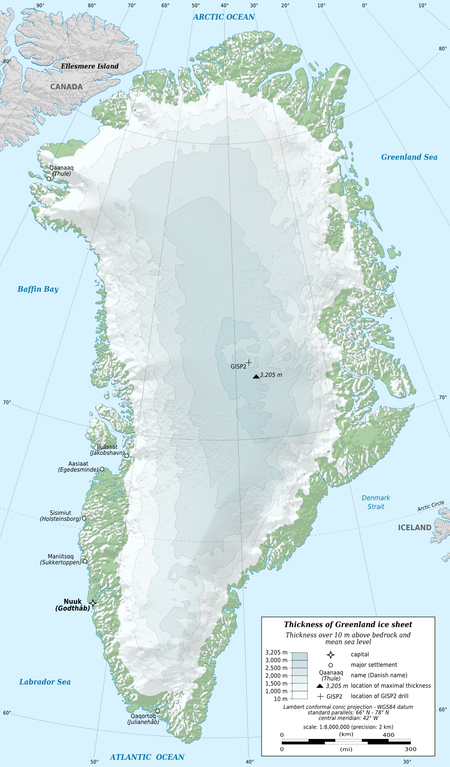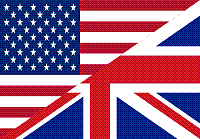Polar areas where ice is stored :

Sea ices / land ices :
We must not confuse : sea ices formed from seawater freezing, and land ices formed from snow deposit that cumulate then agglomerate as ice (pure water).
There are so "ice shelves" which are glaciers progressing in the sea, this pure water ice having a great thickness floats on the sea in the glaciers prolongation.
Ocean floes :
Sea ices melting does not rise sea level.
When we put an ice cube in a glass, when it has melted the level remains the same.
On the other hand, sea ices melting has a very significant warming effect :
- Snow/ice send back 85% to 90% of solar radiation.
When we are skiing, we must wear sunglasses and use sunscreen because of this phenomenon.
- Free water absorbs 90% of solar radiation.
Then, at North Pole, more Arctic Ocean is ice-free, more this free water absorbs solar energy.
The simple fact of this direct energy absorption by oceans, increases locally the water's temperature, so a later sea ice freezzing, etc, it's a vicious circle.
Arctic floe has lost in size, and much more in thickness.
On the other hand, land ices melting is rising sea level, this is the main factor of this rise (with the thermal water expansion). Glaciers in : Alps, Andes, Himalaya, etc, are melting at an impressive speed.
But more worrying, some polar glaciers advance towards the sea at higher speed.
Storing in Antarctica or in Greenland is on the long-term, because :
- Intense cold avoids melting.
- These are flat areas, on the contrary for Mountain glaciers, where slopes cause the descent and do not allow long-term storage.
- Despite ice plasticity, flow is very slow and distances before this ice reaches the coast are very large.
So even if this storage is not ultimate, it is very very long term. And the work does not have to be repeated regularly.
Greenland :
Greenland's size is equal to 3 times that of France.
The thickness of the ice is nearly three kilometers in the center of Greenland.

Greenland
Antarctica :
The average thickness of ice is 1.6 km.
Antarctica is relatively flat and very large (as big as Europe).

Antarctica
Mountain glaciers outside polar regions :
It is possible to store frozen water in mountain glaciers outside polar areas. But it is not very sustainable, because mountains are sloped and glaciers flow by gravity down on slopes. Inlandsis of Greenland or Antarctica are flat, So the problem is not the same.
All mountain glaciers are melting more and more because of global warming.
Therefore the storage in non-polar areas is not a long-term storage.





